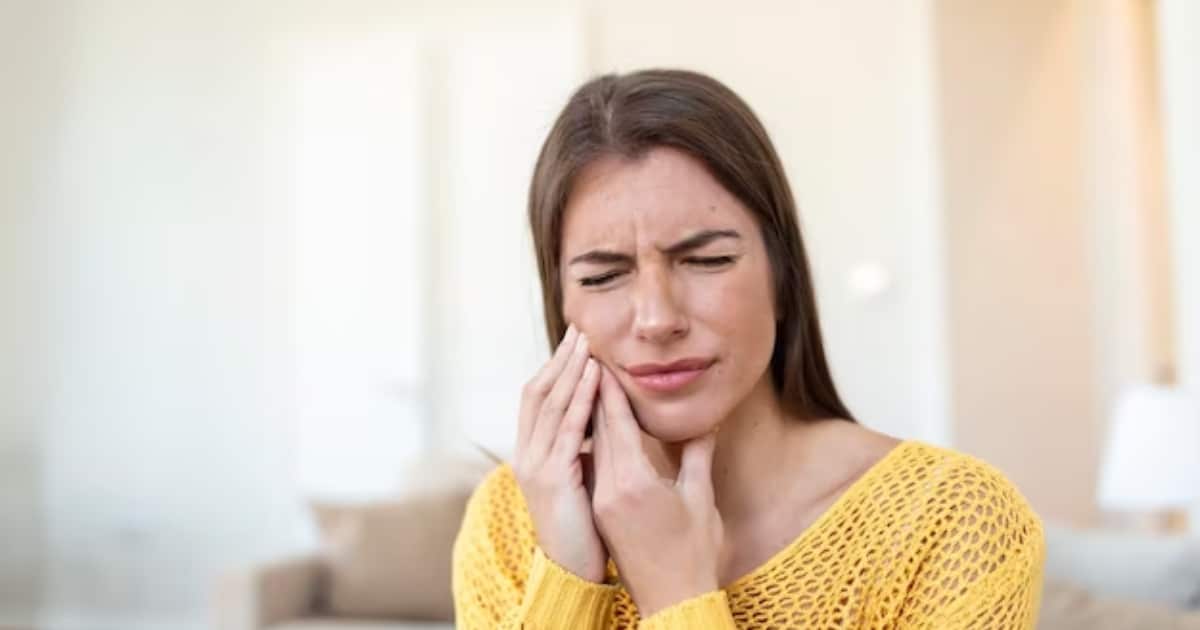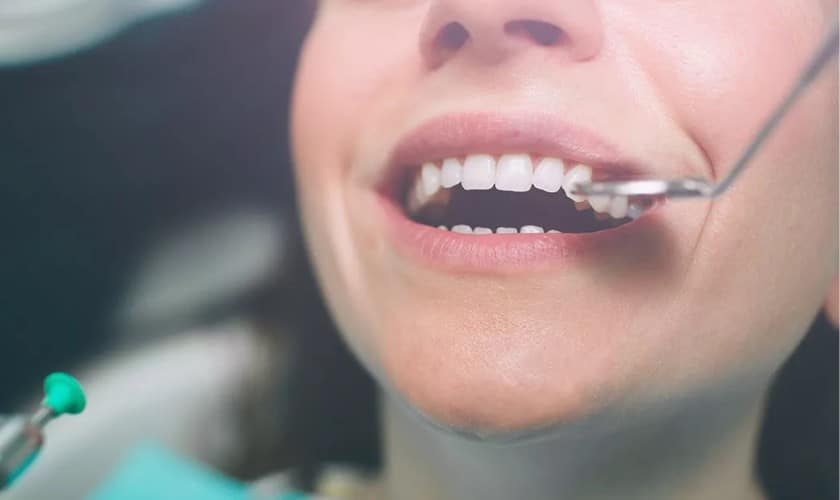Dental emergencies can happen anytime, and knowing how to respond can make all the difference in preserving your oral health. Whether it’s a sudden toothache, a broken tooth, or a knocked-out tooth, being prepared with the right knowledge and quick action can minimize pain and prevent long-term damage. As your trusted emergency dentist in Oak Park, we’re here to provide expert guidance on handling dental emergencies.
The Common Dental Emergencies
Chipped or Broken Teeth
A chipped or broken tooth can result from a fall, a sports injury, or biting on a hard object. It’s essential to address this promptly to prevent further damage.
Knocked-Out Tooth (Avulsed Tooth)
A knocked-out tooth can be the result of an accident or injury. Quick action can improve the chances of saving the tooth.
Object Stuck Between Teeth
Sometimes, objects can become lodged between your teeth, causing pain and discomfort. It’s crucial to remove the object safely.
Lost Dental Crown or Filling
If a dental crown or filling becomes loose or falls out, the exposed tooth may be sensitive and vulnerable to further damage.
Abscess or Infection
An abscess or dental infection can cause severe tooth pain, swelling, and sometimes even fever. It’s a serious condition that requires immediate attention.
Toothaches
Toothaches can range from mild discomfort to excruciating tooth pain. Various issues, including tooth decay, a damaged filling, or an infection, can cause them.
Dental Emergency Action Plan
In a dental emergency, it is important to take immediate action to prevent further damage and alleviate pain. Here are some steps to follow for common dental emergencies:
Toothache:
Rinse your mouth with warm water to clean the area. Remove any debris caught between teeth with dental floss. Take over-the-counter pain relievers if needed. Schedule an appointment with your dentist to diagnose and treat the underlying issue.
Chipped or Broken Tooth:
Rinse your mouth and any broken tooth fragments with warm water. Apply gauze to any bleeding areas for about 10 minutes to stop the bleeding. Use a cold compress to reduce swelling.
Knocked-Out Tooth:
Handle the tooth by the crown (the chewing surface) and avoid touching the root. Gently rinse the tooth with water, but do not scrub it. Try to reinsert the tooth into its socket. Store it in a milk container or your saliva to keep it moist if that’s impossible.
Object Stuck Between Teeth:
Using dental floss, try to remove the object gently. Sharp objects should be avoided as they can cause gum and tooth damage.
Lost Dental Crown or Filling:
If a dental crown or filling becomes loose or falls out, save the restoration if possible. Make an appointment with your dentist to get a replacement. Chewing on the affected tooth should be avoided until it has been repaired.
Abscess or Infection:
Rinse your mouth with warm saltwater to help reduce discomfort and inflammation. Do not try to drain the abscess on your own.
Preventing Dental Emergencies
Maintaining good oral hygiene through regular brushing, flossing, and dental check-ups, wearing a mouthguard when participating in contact sports, avoiding using your teeth as tools to open packages or bottles, being cautious with hard or crunchy foods to prevent tooth fractures, and addressing dental issues promptly before they escalate into emergencies are all steps you can take to reduce your risk of dental emergencies.
Our team is committed to providing you with the highest dental care, including emergency dental services. We understand that time is of the essence in dental emergencies, and we are here to support you during routine check-ups and treatments. If you’re experiencing a sudden toothache, a broken tooth, or any other dental problem, don’t hesitate to contact your emergency dentist in Oak Park for immediate assistance. We ensure oral health and comfort, no matter the situation.




